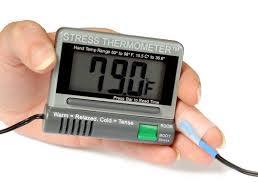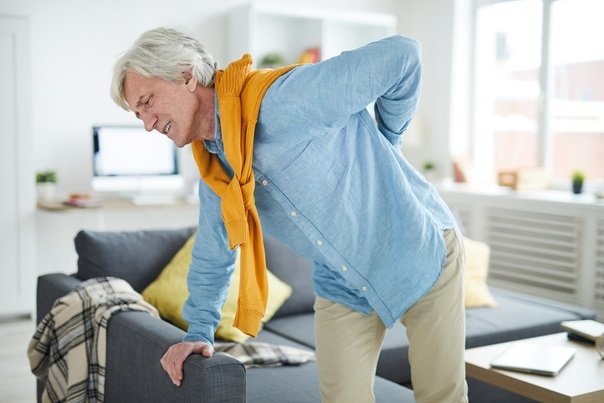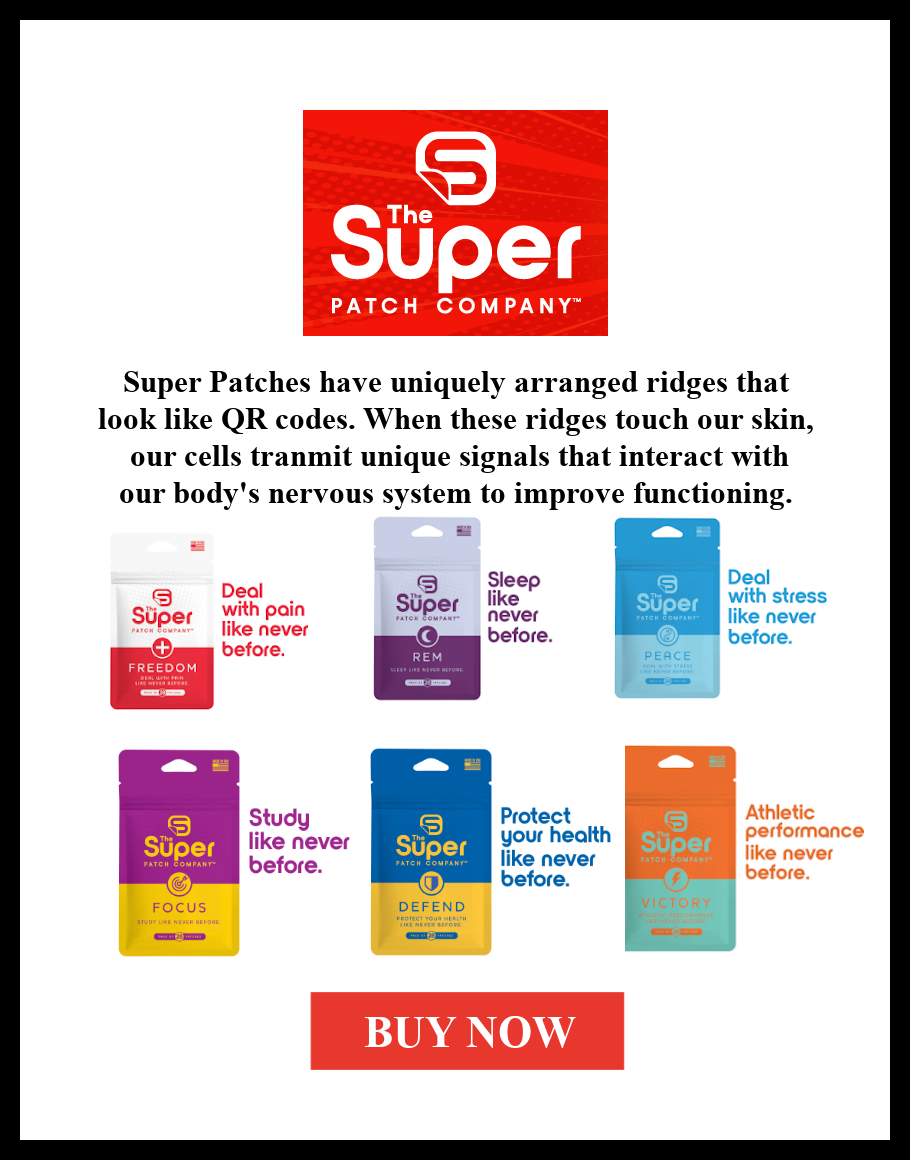
People in pain don’t need another thing to worry about, but fears about the coronavirus are growing worldwide. Those most at risk from the corona virus are those who are in poor health. Health authorities in the U.S. are offering little advice beyond “wash your hands” and “avoid sick people”. Worrying actually increases pain and lowers immunity. Luckily, there’s a simple thing you can do to both lower pain levels and boost your immunity to reduce your risk of becoming ill or dying from the corona virus. Even better, this intervention is free. The intervention is meditation.
What is Meditation?
Meditation is a process of training your mind to focus and redirect your thoughts as a way to reduce stress and heighten self-awareness. There are many types of meditation but they have many similarities, including a focus on something neutral or positive as a way of calming the mind and body. Some popular forms of meditation include loving kindness meditation (focusing on loving thoughts towards self and others), body scan (scanning the body for areas of tension and releasing them), mindfulness meditation (focusing on the breath while noting passing thoughts without judgement), breath awareness meditation (focusing on the breath) and Transcendental Meditation (focusing on a word, phrase or sound).
How Does Meditation Affect Health?
By narrowing the focus of the mind in this way, the flow of stressful, worrying thoughts is significantly reduced. Fearful thoughts set off the stress response, also known at the “fight or flight” response. “Fight or flight” causes many changes in the body that are adaptive in emergencies but can create illness if prolonged. These include increased muscle tension, heart rate, and respiration and reduced blood flow to extremities, immune response, digestion, maintenance and healing. When the mind is calm and without fearful thoughts, the body returns to its optimal state of balance and healing.
The effects of meditation, when practiced regularly, can have profound effects on health.
Meditation and the Immune System
According to a recent literature review of meditation and immunity, several studies have shown that different forms of meditation result in an increase in natural killer (NK) cells and B-lymphocytes. NK cells are white blood cells that target and kill stressed or abnormal cells, playing a role in tumor progression and serving as an early defense against viral infections. A decrease in these cells can cause development or progression of cancer, viral infections, and autoimmune diseases. B-lymphocytes produce antibodies, which attack viruses, toxins and bacteria. They also activate T-cells, another type of immune cell. Meditation also appears to have a positive effect on CD8+ T-cells.
Meditation and Pain
Four areas of the brain involved in pain processing or emotional and behavioral regulation have been shown to have differing activity levels during and after meditation, including the somatosensory cortex, anterior insula, anterior cingulate cortex, and prefrontal cortex. These areas of the brain determine the person’s emotional and physical response to pain.
Numerous studies have shown improvements in pain severity, depression and quality of life as a result of practicing meditation. One review of 38 randomized, controlled studies of mindfulness meditation for pain relief found significant improvements in all three measures. Another recent review of 60 randomized clinical trials of mind-body therapies, which included meditation, published in JAMA Internal Medicine found that mind-body therapies were associated with improved pain and reduced opioid dose.
I don’t need a study to tell me how powerful meditation can be for relief of chronic pain. Almost 40 years ago, after suffering from severe, disabling back pain for more than three years, I found my way to a psychologist who offered biofeedback-assisted relaxation training. Biofeedback uses continuous measurements of physiology to teach patients to control their bodies and reduce symptoms. I was taught a simple meditation technique to use while monitoring my hand temperature, an indicator of stress. Warmer hands means you are more relaxed. I began practicing the technique immediately and by the next day my pain was about 50% less. A big part of the improvement was a reduction in fear—I now had something I could do to reduce the pain rather than feeling totally out of control. Over time, with practice, I was able to eliminate most of the pain and get back to my life.
A Simple Meditation Technique
Here’s the simple meditation technique that I used that changed my life:
- Find a comfortable position, sitting or lying down (Most images you see of people meditating shows them sitting on the floor with their legs crossed. This is not necessary, though you are more likely to fall asleep if you are lying down.)
- Take a deep breath and let it out in a sigh. (This slows and deepens your breathing, which promotes relaxation)
- Focus on your breathing. On the inhale, think the word relax. On the exhale, think the words “let go” (as in letting go of tension and worries).
- Continue focusing on your breathing and “relax” and “let go”. Whenever you notice your mind wandering (and it will), bring your attention back to your breath.
The more and the longer you practice, the better your results will be. Practicing for 20 minutes at a time once or twice a day is ideal. If this is unmanageable, shorter periods of practice can be of some help. The more you do this, the better you will get at it and the more pain relief and immune boost you will achieve.
How to Increase Your Success
If you would like to increase your success with achieving relaxation with meditation, I recommend purchasing a Stress Thermometer, a simple biofeedback device available on Amazon for $24.95. Having information on how well you are succeeding is motivating and helps you learn. 
Don't miss out on other important pain treatment articles.
Find providers who offer mind/body therapies
The author, Cindy Perlin, is a Licensed Clinical Social Worker, certified biofeedback practitioner and chronic pain survivor. She's the founder and CEO of the Alternative Pain Treatment Directory and the author of The Truth About Chronic Pain Treatments: The Best and Worst Strategies for Becoming Pain Free. She's in private practice in the Albany, NY area and also offers phone and web-based consults.











Comments